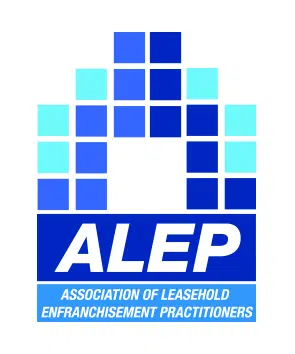Whether dealing with small or large developments, developers are advised to conduct investigations into surrounding land and properties and their potential rights of light. A right of light is an easement that usually arises from specific grant or is acquired by the property through prescription. Such a right is exercised by a dominant land over servient land and disputes can arise where development takes place on the servient property which interferes with the amount of light enjoyed by the dominant land.
Before purchasing land or drawing up proposed plans for development, a developer should instruct a specialist surveyor to assess the proposed development site. This allows for the production of a report outlining the amount of light enjoyed by the dominant land and any potential claims that the owners of these rights may have against the developer. The specialist’s report should then be used by the developer to minimise or prevent any rights of light claims. A right to light claim can result in delaying development, expensive redesign of the scheme or an application for a whole new planning consent that may not be granted.
Where rights of light claims do arise they can be resolved in two ways. The first is by way of consent, where the owner of the dominant land agrees to consent to the interference caused by the new development in exchange for receiving compensation. In return the developer should insist on a deed of release being completed by the dominant owner confirming that in exchange for monetary consideration the right of light is released. This deed of release should then be registered at the land registry. It is important that the developer considers obtaining insurance before opening up any negotiations with the owner of the right. The risk is that if the developer starts negotiations and then applies for insurance such insurance will not be obtainable.
The second way for a dispute to be resolved is by way of injunction. An application can be made by the owner of the right to light to prevent development or if development has been completed then it could be ordered that the development, or part of it, be demolished. At the same time the owner of the right to light should also confirm to the court an amount that they would be prepared to receive as damages, as an alternative remedy to an injunction.
It is therefore extremely important that developers assess the risk of claims of neighbouring properties in relation to rights of light when considering any new development and seek appropriate advice.
Holmes & Hills Solicitors has a team of commercial property solicitors specialising in acquiring land for development, providing advice on easements and all other issues concerning the land and its proposed development. Working closely with the firm's Commercial Property Team is Holmes & Hills' Planning & Development team, which is recognised by Planning Magazine as being one of the leading team's of specialist Planning Law solicitors in the country.






A Mackman Group collaboration - market research by Mackman Research | website design by Mackman